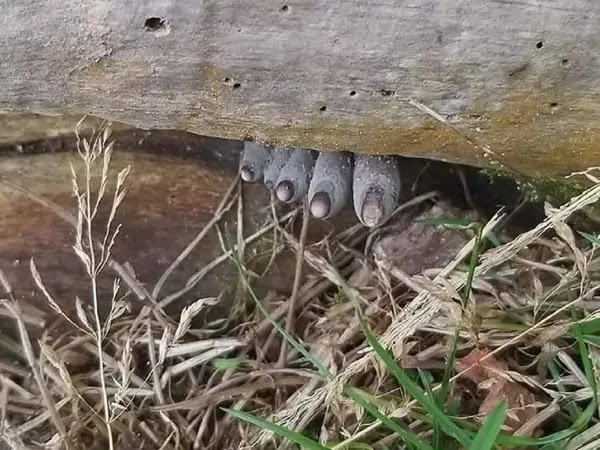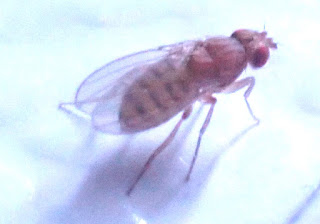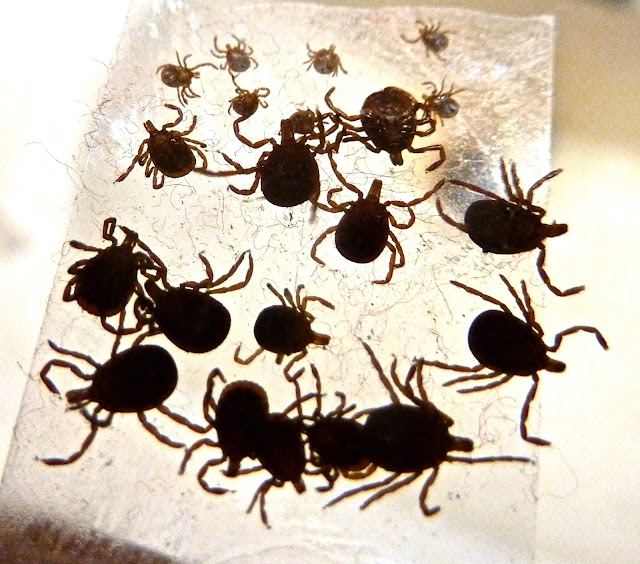 Gala Solari sent these photographs of what she identified as "Funky Fungus", a remarkable field of what I thought were Dead Man's Fingers. As usual, Mark Bower corrected me. "I think this is more consistent with Xylaria cornu-damae. The grayish dusting consists of the asexual spores. Dead Man’s Fingers (Xylaria polymorpha) are larger, fatter and grow in clusters. "
Gala Solari sent these photographs of what she identified as "Funky Fungus", a remarkable field of what I thought were Dead Man's Fingers. As usual, Mark Bower corrected me. "I think this is more consistent with Xylaria cornu-damae. The grayish dusting consists of the asexual spores. Dead Man’s Fingers (Xylaria polymorpha) are larger, fatter and grow in clusters. "
I felt better when I read the description of Xylaria sp in Mushroom Expert. The differences in the various species are described in terms that only a mycologist could love or even understand. Being absolutely certain usually requires microscopic examination of the spores.
 |
| Dead Man's Toes - Mark Bower |
 |
| Typical Xylaria sp |
In most photographs they only vaguely resemble fingers or toes as you can see to the right. My favorite were the Dead Man's Toes that Mark Bower photographed on our land. They were all the more incredible for growing on a huge moss covered rock with a large tree whose roots cling to it.
 |
| More "nails" on the Web |
Finally, Michael Kuo in Mushroom Expert writes "The genus Xylaria consists of funky, club-like decomposers of wood or plant debris that become black and hard by maturity, reminiscent of carbon or charcoal." Note that even a world expert on fungi call them "funky". I guess that means that Gala's ID was right in the first place.
















.jpg)













